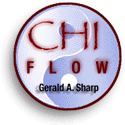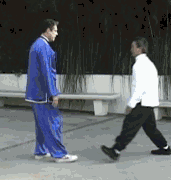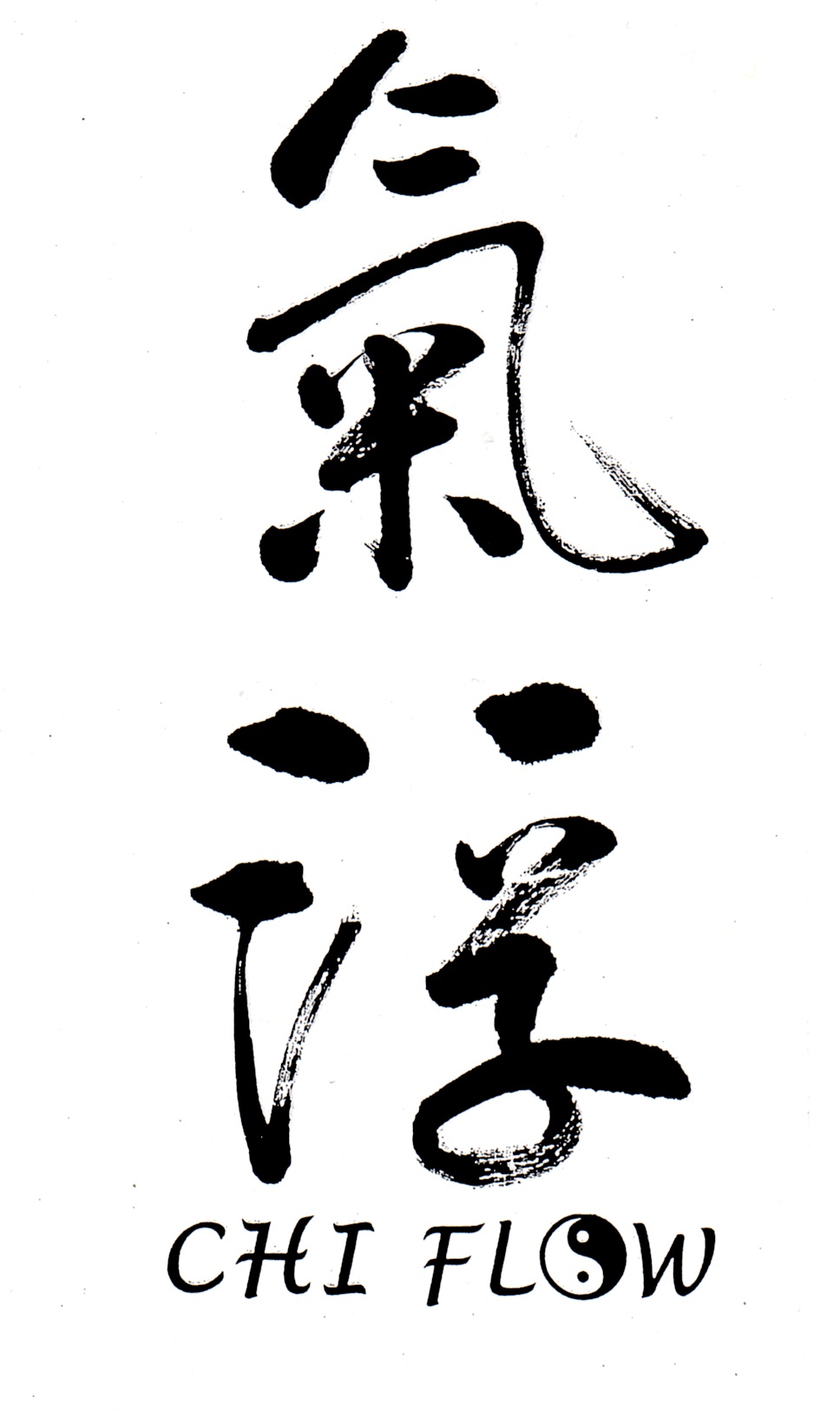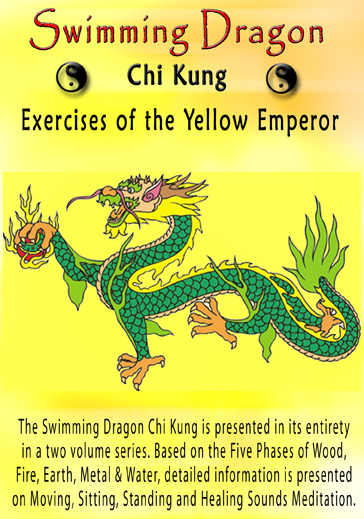Left: Xingyi's "Monkey Takes the Leash in its Mouth"
Right: Chinese Calligraphy (Chi Flow)
Applying the internal arts relies on flexibility and precision to neutralize and redirect an opponent's aggression. Surprisingly, Xingyi's obvious linear movements contain a barrage of angles and arcs. While its directness has been applied with brute force, simplicity and going with the flow effectively use the least amount of force. It is this concept of going with the flow that is central in forming the characters, and is a constant variable in the Nei Jia Kung Fu practices of Taiji, Xingyi, and Bagua. These Nei Jia styles engage the opponent's aggression with lightness and sensitivity, maintain contact, and exploit weaknesses in the opponent's situation.
Check out the following popular pages: Yi Quan, Liangong, and Applications of the Mother Palms
The T'ai Chi Power Combo! Our T'ai Chi Power Combo combines Two Complete Video Series in One: The Power Push Hands Video Series (Single Hands, Double Hands, Moving Push Hands, and Self-Defense Concepts) with The Wu T'ai Chi Power Training Video Series (Includes 3 Wu Style T'ai Chi Inner Door Sets, Hand and Spear Power Cultivation, Deriving Power from Form's Practice, and Integrating Power in Push Hands.)
We have combined two of our best stand-alone Chi Kung instructional videos to create the Chi Kung Duo (Ancient vs. Modern). The Swimming Dragon Chi Kung, is thought to have originated with the Yellow Emperor, and, with one look at its shapes and simplicity of movements (based on the Five Elemental Phases) it's easy to conclude that this may very likely be something special that has survived the ages-not to mention the fact that some people swear by the wonders it does for their spine and posture. The Soaring Crane Chi Kung was created by Zhao Jin Xiang in the 1970s, and is one of the most popular forms of Chi Kung worldwide. With its specific focus on therapeutic points, patience, and stillness in movement, it rivals the chi cultivation sets of the ancients. The unique "sixth section" (or, Advanced Meditation) is a marvel amongst any and all Chi Kung practices. NEW to this series is the "seventh section" or Walking Methods. This completes the series and supports comprehensive instruction for students and viewers. While we don't advocate practicing two types of Chi Kung at the same time, these two popular and useful forms of Chi Kung practice, that we have combined in the "Chi Kung Duo" are certainly worth utilizing to compare, contrast, and ultimately cultivate.




